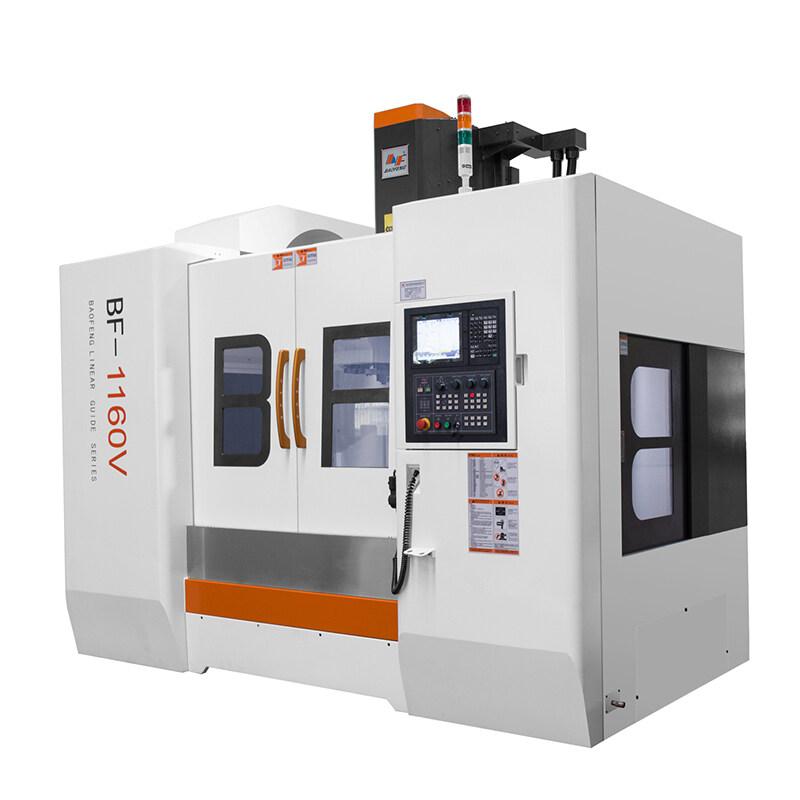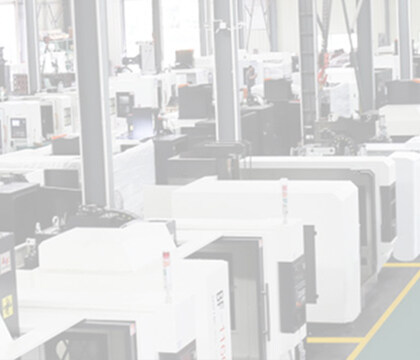- NO63, XinTai Road, XinMaLian, DaLang Town, Dongguan City, Guangdong province
- info@baofengmachine.com
Email format error
Email cannot be empty
Email already exists
6-20 characters(letters plus numbers only)
The password is inconsistent
Email format error
Email cannot be empty
Email does not exist
6-20 characters(letters plus numbers only)
The password is inconsistent

News
Development of 5 Axis Technology
China 5 axis cnc machine manufacturers
For decades, people generally believe that five-axis NC machining technology is the only means to process continuous, smooth, and complex surfaces. Once people encounter unsolvable problems in designing and manufacturing complex surfaces, they will turn to the the five-axis machining technology.

Five-axis linkage numerical control is the most difficult and widely used technology in numerical control technology. It integrates computer control, high-performance servo drive, and precision machining technology, and is applied to the efficient, precise, and automatic machining of complex surfaces. Internationally, the five-axis linkage numerical control technology is regarded as a symbol of the automation technology level of national production equipment. Due to its special status, especially its important influence on aviation, aerospace, and military industries, as well as the complexity of technology, the western industrial developed countries have always implemented the export license system with the five-axis CNC system as a strategic material.
Compared with three-axis NC machining, from the perspective of process and programming, five-axis NC machining for complex surfaces has the following advantages:
- Improve processing quality and efficiency
- Expand process scope
- Meet the new direction of compound development
However, due to interference and tool position control in the machining space, the NC programming, NC system, and machine tool structure of five-axis NC machining are much more complex than those of three-axis machine tools. Therefore, the five-axis is easy to say, but it is really difficult to realize! In addition, it is more difficult to operate well!
Speaking of the five axes, I have to say true and false five axes? The difference between the true and false 5-axis mainly lies in whether it has an RTCP function.
RTCP, please explain that FIDIA's RTCP is the abbreviation of "rotating tool center point", which means "rotating tool center". In the industry, it is often slightly translated as "rotating around tool center". Some people also translate it as "programming of rotating tool center". This is only the result of RTCP. RTCP of PA is the abbreviation of the first few words of "real-time tool center point rotation". Heidenhain refers to similar so-called upgrade technology as TCPM, which is the abbreviation of "tool center point management" and tool center point management. Other manufacturers call the similar technology TCPC, which is the abbreviation of "tool center point control" and tool center point control.
From the literal meaning of FIDIA's RTCP, assuming that the RTCP function is manually executed at a fixed point, the tool center point and the actual contact point between the tool and the workpiece surface will remain unchanged. At this time, the tool center point will fall on the normal of the actual contact point between the tool and the workpiece surface, and the tool handle will rotate around the tool center point. For ball head tools, the tool center point is the target trajectory point of the NC code. To make the tool handle rotate around the target track point (i.e. the tool center point) when executing the RTCP function, the offset of the linear coordinates of the tool center point caused by the tool handle rotation must be compensated in real-time, so that the included angle between the tool handle and the normal at the actual contact point of the tool and the workpiece surface can be changed while keeping the tool center point and the actual contact point between the tool and the workpiece surface unchanged, It can give play to the best cutting efficiency of the ball head cutter and effectively avoid interference. Therefore, RTCP seems to be more to stand on the tool center point (i.e. the target track point of NC code) to deal with the change of rotation coordinates.
Five-axis machine tools and CNC systems without RTCP must rely on CAM programming and post-processing, and the tool path must be planned. If the machine tool is changed or the tool is changed for the same part, CAM programming and post-processing must be carried out again, so they can only be called false five-axis. Many five-axis CNC machine tools and systems in China belong to this kind of false five-axis.
This is a popular statement, not a standard statement. Generally speaking, five-axis machine tools are divided into two types: one is five-axis linkage, that is, five axes can be linked at the same time, and the other is five-axis positioning processing, which is actually five-axis three linkage: that is, two rotating axes are rotated and positioned, and only three axes can be linked at the same time. This five-axis machine tool commonly known as the 3+2 model can also be understood as a fake five-axis machine tool.
Searching for a China 5 axis cnc machine manufacturers from China, you can get high-quality products at a nice price.
